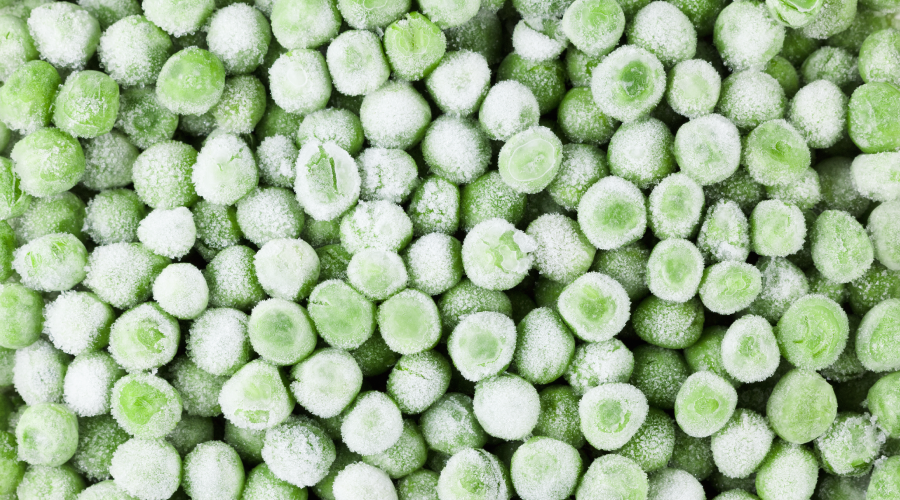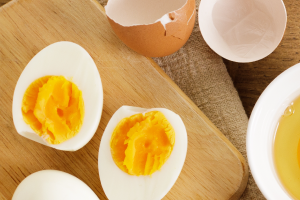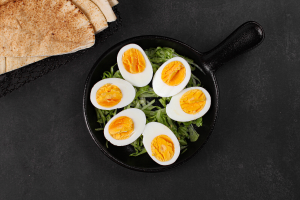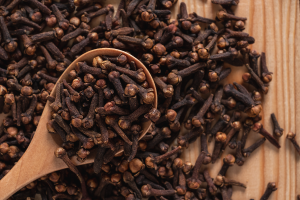

Fresh peas, though believed to be a green vegetable, are edible legumes. They are nutrient-rich with high protein content. But the time spent to shell out peas from pea pods is a cumbersome and time-consuming process. The seasonal growth also hinders its year-long use. Frozen peas are thus a saviour. But is peas nutrition the same for frozen and fresh peas? Here’s a quick frozen peas vs. fresh peas nutrition comparison to enable you to make a healthy decision.
Fresh Peas Nutrition
Fresh peas or the small bright-green pea seeds shelled out of freshly picked pea pods are a delight to see and eat. The slightly sweet taste, soft texture and amazing colour add nutrition, taste and richness to every recipe. The fresh peas nutrition is as follows:
Every cup (160 gm) serving of cooked fresh peas provides:
- Calories – 126 kcal
- Proteins – 10.8 gm
- Fat – 2.6 gm
- Carbohydrates – 16 gm
- Fibre – 9 gm
- Potassium – 368 mg
- Phosphorus – 208 mg
- Iron – 2.4 mg
- Vitamin A – 1,100 IU
- Vitamin C – 26 mg
Green peas are also a rich source of B vitamins like thiamin, riboflavin, pantothenic acid, folate, and niacin along with Vitamins B6, B12, and K. Furthermore, peas contain minerals like sodium, zinc, copper, manganese, selenium, and folic acid. Fresh peas also contain Lutein + zeaxanthin, powerful plant-based antioxidants.
Frozen Peas Nutrition
Unlike fresh peas which are to be consumed soon after picking, frozen peas are picked, unshelled and stored properly in a freezer. Stacking them in an air-tight container when they are fully ripened helps preserve taste and nutrition. This also increases the shelf life and therefore can be used all through the year.
Note: Freshly picked green peas lose half of their vitamin C content within 24 hours of harvesting. Therefore, to keep the nutrient content intact and to maintain the height of freshness it is best to freeze the peas immediately.
Every cup (160 gm) serving of cooked frozen peas provides:
- Calories – 124 kcal
- Proteins – 8.2 gm
- Fat – 0.4 gm
- Carbohydrates – 22 gm
- Fibre – 7.2 gm
- Potassium – 176 mg
- Phosphorus – 61.6 mg
- Iron – 1.18 mg
- Vitamin A – 612 IU
- Vitamin C – 23.4 mg
Like fresh peas, frozen peas also contain thiamin, riboflavin, pantothenic acid, folate, and niacin. Frozen form of peas also contains significant values of vitamins B6, B12, and K along with minerals like sodium, zinc, copper, manganese, selenium, and folic acid. It is also a rich source of Lutein + zeaxanthin, powerful plant-based antioxidants.
Frozen Peas Vs. Fresh Peas
Besides nutrition, there is a range of aspects that need to be considered. The advantages and disadvantages of both are listed below:
Frozen Peas Vs. Fresh Peas – Advantages
1. Nutrition
As evident from the above-mentioned frozen peas vs. fresh peas nutrition comparison, there is no significant depletion in nutrients in frozen vs. fresh peas. On the contrary, the many advantages of frozen peas over fresh peas make them a better and healthier option.
2. Shelf Life
Fresh peas must be consumed soon after picking or else they turn mushy and starchy. This spoils its great taste. But frozen peas have a much longer shelf life. When stored properly and at an ideal temperature, they can last for up to a year.
3. Convenience
Shelling out peas is a laborious task. But when one is in a hurry to start the cooking process, it becomes frustrating. Frozen peas thus act as a saviour. Simply thaw the frozen form of peas in warm water and they are ready for use in just about any recipe.
4. Taste
Freshly picked peas that are frozen within hours of picking help retain the same taste, texture and colour as fresh peas. Quick freezing also ensures that all nutrients and vitamins remain intact, therefore frozen peas taste just the same as fresh peas.
Frozen Peas Vs. Fresh Peas – Disadvantages
Commercially available frozen peas use glycine betaine as a preservative. Glycine betaine is a by-product of processed sugar beets. While the use of glycine betaine improves the attributes of frozen peas, it makes the frozen peas a little extra starchy. Disadvantages associated with excessive consumption of frozen peas include:
1. Weight Gain
Due to excessive starch in frozen peas, its excessive consumption is linked to an increased risk of weight gain.
2. Diabetes and Heart Ailments
The starch component in frozen peas can increase the risk of diabetes. This further increases the risk of developing cardiovascular disease.
3. Digestive Troubles
Frozen peas have a fixed shelf life. Using frozen peas after their ‘best before’ date or consuming ones that are not hygienically preserved can lead to stomach ailments.
How to Freeze Peas at Home?
To avoid all the downsides of commercially procured frozen peas, one can preserve peas at home. Freezing peas at home can be done in two ways:
- Freezing peas with blanching
- Freezing peas without blanching
1. Freezing Peas With Blanching
Follow these simple steps to preserve fresh peas at home.
- Shelling – The first step is to shell the peas. Pick freshly picked, fully ripened pea pods and shell them out. Make sure you collect only healthy peas in a container with no dirt and debris.
- Blanching – This step ensures that the peas retain their bright-green colour and do not turn mushy upon freezing. It also helps preserve the sweet taste and tender texture of fresh peas. From blanching the peas, set a pot of water to boil. Alongside, place a large bowl of ice water. Drop the shelled peas into boiling water and let them cook for just one minute. Quickly remove the peas from the boiling water and drop them into ice water. Leave the peas in ice water for two minutes before draining them.
- Single Layer Freeze – Once the blanching process is complete, drain excess water and spread the blanched peas in a single layer on a baking tray. Freeze the peas for one hour.
- Packing – After an hour transfer the frozen peas to air-tight freezer bags or containers. Label the bags properly with ‘best-before’. It’s recommended to use frozen peas within eight months.
- Storing – properly sealed bags of frozen peas must be stored at temperatures between -20.6 and -17.8 degrees Celsius.
2. Freezing Peas Without Blanching
The steps to freeze peas without blanching are:
- Shell the peas and wash them thoroughly under running water to remove all dirt and debris.
- Dry the peas completely using kitchen towels.
- Pour completely dry peas into an air-tight freezer bag. You can also single-layer freeze the peas before putting them in freezer bags.
- Put bags of peas in the freezer and store them at the requisite temperature. Without blanching, frozen peas remain good for about six months.
How to Cook Frozen Peas?
Like fresh peas, frozen peas can also be used in just about any recipe. It is recommended not to just thaw frozen peas before cooking them. Instead, one can follow one of the three available methods to cook frozen peas:
- Boiling frozen peas – Bring to water to boil and add the frozen peas. Cook on low flame for up to three minutes.
- Microwaving frozen peas – Put frozen peas in a microwaveable container. Add one tbsp of water and cook for up to four minutes.
- Steaming frozen peas – Bring water to boil. Place a steaming basket over boiling water. Make sure the basket is placed above the water level. Put frozen peas in the steaming basket. Cover the lid and cook for up to three minutes. Steaming frozen peas is the best way to retain peas nutrition.
In case you need to thaw the frozen size make sure you thaw only the required portion size. Thawing the entire package and freezing it all over again will spoil the whole lot.
Conclusion
Fresh peas are a delight to have. Tender, and sweet, their bright-green colour marks pure joy. But shelling them out of their crisp shells is a cumbersome job. So much so, people also consider skipping the peas nutrition due to its tedious and time-consuming unshelling. But frozen peas are the perfect answer. Sans all the shortfalls of fresh peas, frozen peas offer complete nutrition. The frozen peas vs. fresh peas nutrition comparison show an almost negligible difference in nutrition levels between the two forms. If blanched properly and stored appropriately, frozen peas prove to be a better substitute for fresh peas. As frozen peas remain good for almost eight months when stored in complete refrigeration, they truly promise a year-long treat.




